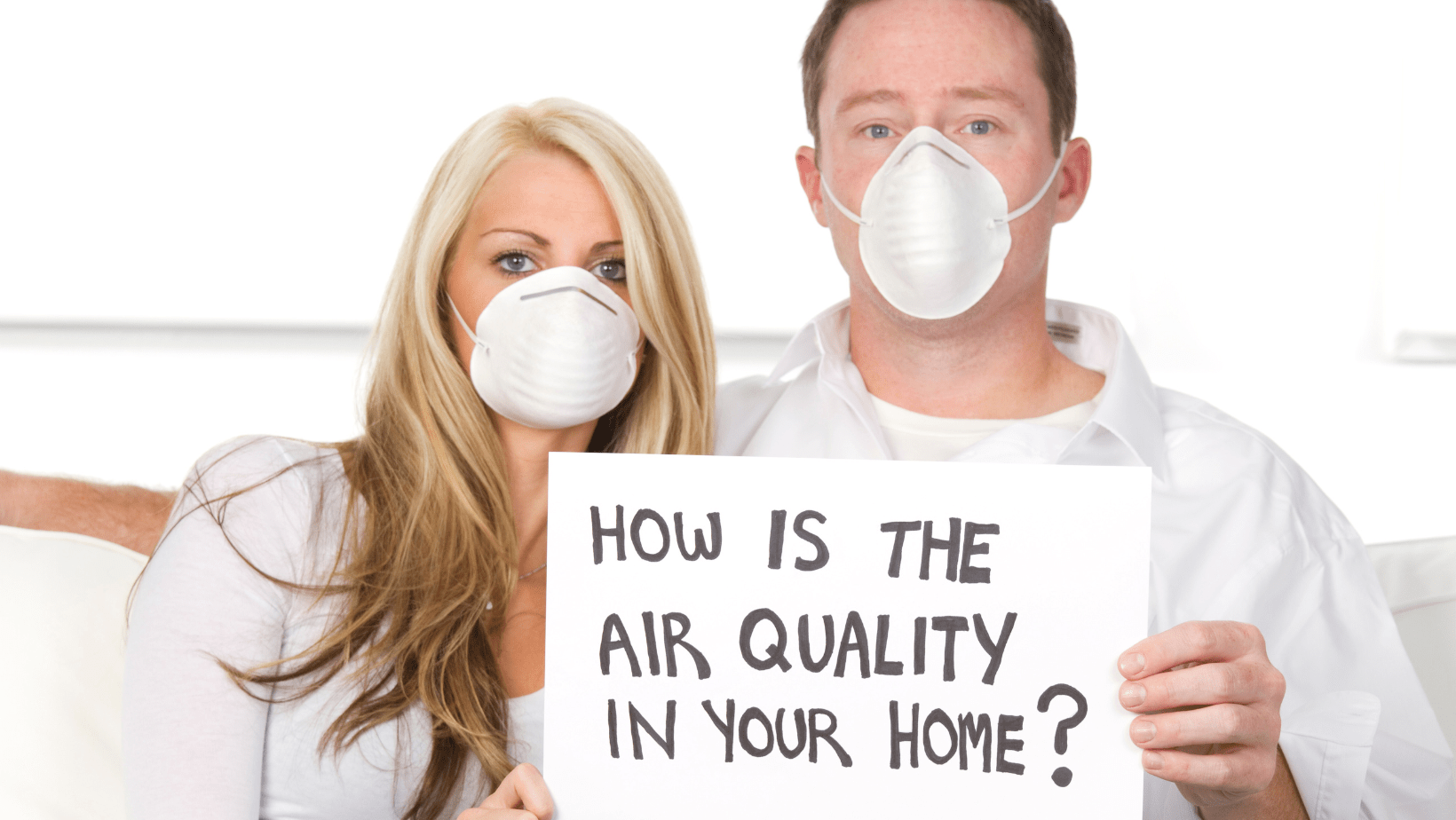Mold is a natural substance found in a variety of places. You may have seen some fuzzy green mold growing on a loaf of bread in your pantry or white spots on a block of cheese in the fridge. These instances of mold are generally harmless. However, mold can create issues if it grows and spreads within your living space. Explore how mold can affect the air quality in your home, as well as what to do if you find it.
Mold and Air Quality
Since many people suffer from allergies to mold, symptoms tend to skyrocket when spores are present within a living space. Mold spores found outside can travel into your living space through the ventilation system or through open windows and doors. They can even get attached to animal fur or clothing and move indoors when a pet or person comes through the door. If a leak has occurred within the space, mold can grow as a result. Once these spores enter the home, they can travel through the air in search of a place to settle.
Mold spores can grow and spread quickly in the right conditions. They require organic material to stay alive, while moisture provides a hospitable environment for the spores to thrive. Many places throughout the typical home are ideal for mold growth, including damp or musty basements and attics. As the mold spreads, its spores can separate and move through the air, often getting trapped in HVAC ductwork. Regular duct cleaning is the best way to prevent mold from circulating through the air you breathe in your home.
Signs of Poor Air Quality
Since individuals experience different allergic reactions, one person might have one symptom when exposed to mold, while another experiences something completely different. Some of the most common signs of poor indoor air quality include:
- Sore throats
- Sneezing
- Congestion
- Headaches
- Eye irritation
- Trouble breathing
Prolonged exposure to dirty indoor air is particularly concerning, as it has been linked to more serious health issues. According to the World Health Organization, ongoing household air pollution can lead to an increased risk of stroke, chronic obstructive pulmonary disease, ischemic heart disease, and lung cancer.
Other Risks of Mold Damage
Along with the negative effect on indoor air quality, mold can also create other issues. When mold spreads, it can damage drywall, flooring, and other materials used in the construction process. The presence of mold can also affect a building’s structural integrity, putting you and your family at risk. Mold has an earthy odor, so a home that’s plagued by spores might smell a bit unpleasant to those who visit it.
At Steamatic, we offer mold damage restoration to those located throughout the Virginia Peninsula region. With over a decade of experience, we can test for and eliminate mold quickly and efficiently. We also provide duct cleaning services to get rid of spores within the ductwork, where they can replicate and impact your indoor air quality. Contact us to request more information or schedule a service.








